Downtown Houston to be Forever Changed by New Hines District — These Connected Towers Aren’t a Marketing Gimmick But a Real Sea Shift
31 Major Projects In a Three Mile Radius — With Texas Tower and Brava Helping Build a Real Neighborhood
BY Chris Baldwin //Texas Tower is helping to shape Hines' new downtown Houston district.
Walking from Texas Tower to the Brava high-rise takes less than five minutes, but the quick stroll between the 47-story next generation office building and the 46-story apartment tower shaped like a sailboat still provides a good look at just how rapidly this section of downtown Houston is changing. For one thing, there are a lot more people around.
“Between Market Square, Rice (apartments), Hines’ Aris (Market Square) and Brava, it’s one of the highest concentrations of rental populations in the Southwest U.S.,” Hines senior managing director and chief operating officer Chris Rector tells PaperCity. “Not just in Houston. When everything is done here, you’ll probably have 2,500 residents in a just a four block radius.
“If you think what that means for the corresponding retail amenities, it starts to feel like a real neighborhood.”
No entity has done more to help create this neighborhood than Hines. The city’s skyline changers are responsible for 31 major projects in downtown Houston and 21.6 million rental square footage overall in the heart of the nation’s fourth largest city. But the quarter mile radius that includes the new Brava and Texas Tower is especially concentrated with Hines having essentially helped create a district of its own.
“I want to say Gerald Hines had that vision decades ago and we took it up,” senior managing director for Hines Southwest Region John Mooz says. “And then I would say we probably took that vision to the next level.”
Calling a shopping mall or a mixed-use development a “district” has become something of a marketing gimmick. With many developers, it means little except branding. Everyone wants to tell you about their “district” these days. But Hines actually created a real-life district within the city, not some artificial environment that wouldn’t otherwise exist.
And while the Hines projects may have provided the shape and connection in many ways, this downtown Houston district has restaurants, bars, parks, theaters and even a river within it that are not Hines affiliated. Which is why Hines officials aren’t afraid to mention Market Square Tower and The Rice, which many would see as competing apartment complexes. It’s about making the entire neighborhood stronger.
“You’ve got nightlife,” Rector says. “You can walk to work. If you’re someone who’s into arts, the Theater District is here. If you’re a cyclist, there’s 25 miles of trail on the Bayou. This is really where downtown comes together — where this block is the convergence of several different districts.
“. . . One of the few places in the city where you can actually live, work and play. People say that. But this is where you can actually do it. You can walk to work, go to the Bayou, go to the bar, go to dinner. You can walk to the Astros game. This is the one place where you can do it.”
Walk, live and play is another one of those ubiquitous real estate developer marketing slogans. In this Hines district — no marketing machine churned out name needed — it’s just a way of life.
This district started to take its shape with Hines’ development of the 811 Main, the 46-story office tower, in 2011. Hines had already purchased the land for what became 609 Main, the 48-story office tower with the distinctive slanting roof that looks like you could ski off it, at the time. Then the Houston Chronicle building and its parking garage became available in 2015, which became the site of Texas Tower and Brava respectively.
Gerald D. Hines, who died in 2020, wasn’t able to see everything come to life. But make no mistake. This is very much the kind of thing that the former Purdue engineer turned city changer envisioned and always wanted for Houston.
“Over six decades, we just kept adding projects,” Mooz says.
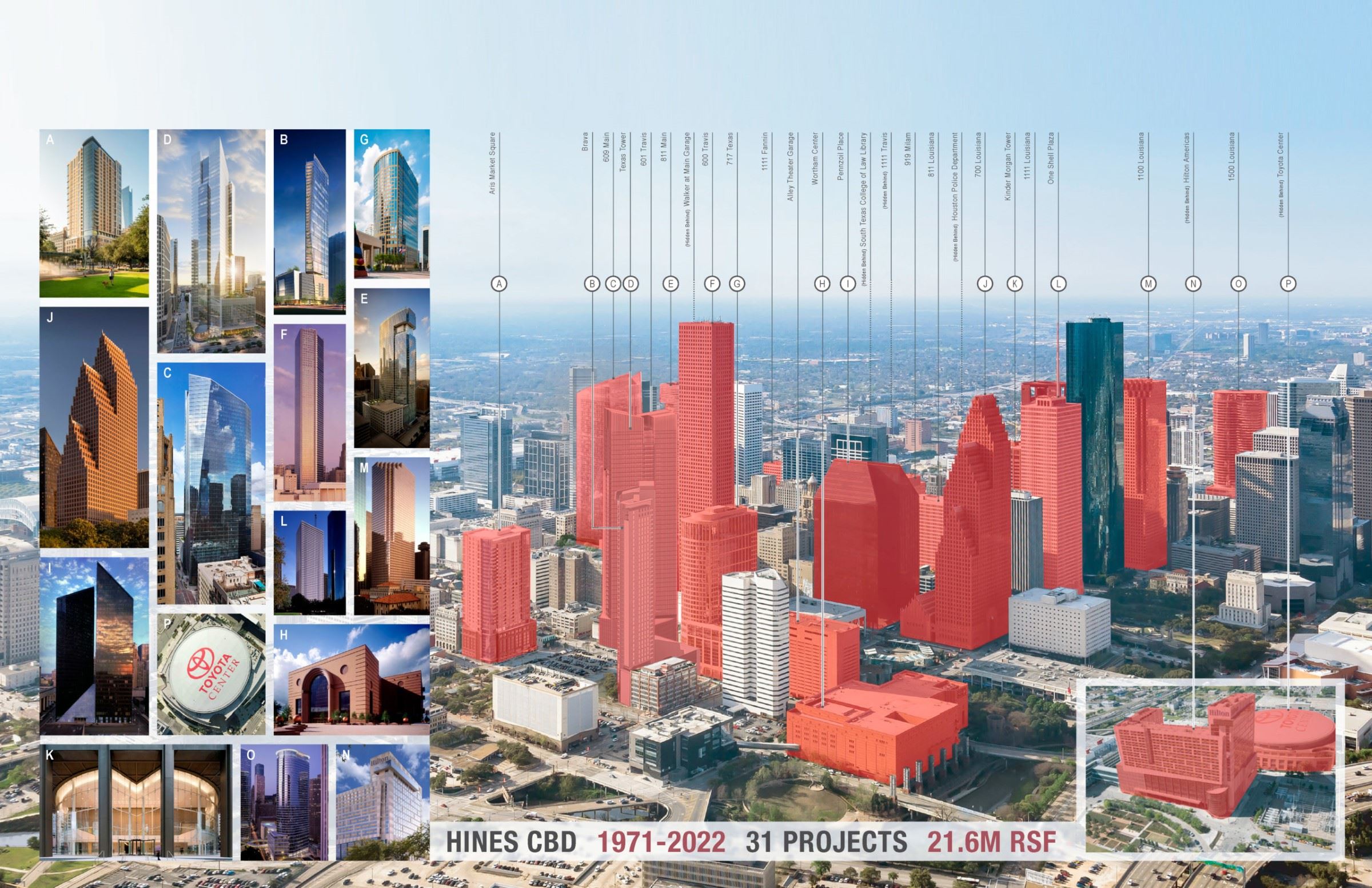
Those 31 Hines projects in downtown are all within a three mile span. We’re talking about everything from the first Hines skyscraper One Shell Plaza to the revolutionary Philip Johnson-designed Penzoil Place to the Toyota Center and the Hilton Americas-Houston hotel, which Hines developed for the Harris County Sports Authority and the City of Houston respectively. (See the exclusive chart above for a closer look at the true scale of these 31 projects).
“I’m not sure if everyone’s aware of how many buildings Hines has added to the canvas of downtown, but it’s a lot,” Mooz tells PaperCity.
The latest two represent something of an evolution. Texas Tower and Brava aren’t just two new Hines skyscrapers. They’re next level high-rises. At Texas Tower that means a sweeping, airy lobby that looks more like the world’s swankiest coffee shop with plenty of places to lounge. And plenty of plugs for those laptops. There is also a tucked away actual library that is its own retreat towards the back.
Eventually, a showcase restaurant will occupy one big corner section of the lobby, creating another retreat within a retreat.
“There’s not a lot of spaces like this in Houston, Texas,” Mooz notes. “This was deep in our minds when we acquired the Houston Chronicle tracks. We thought we could do something very special that activates a larger district.”
“I want to say Gerald Hines had that vision decades ago and we took it up.” — Hines’ John Mooz
To make sure that happened, that old standard of almost fortress-like office towers — imposing, intimidating structures that almost dare one to enter — had to be pushed aside. If traditional towers are like steely hulky bouncers sizing you over at the door, this new Hines office skyscraper is more like the world’s most cheerful cruise director, beckoning you in.
Texas Tower is much more inviting — and green.
Pelli Clarke & Partners’ design incorporates three different gardens — with two sky lobbies with large outdoor lands on the 12th floor. No matter where your offices happen to be in Texas Tower, everyone has access to these outdoor sanctuaries in the sky.
“What we learned from 609 Main (which has a roof garden) is that people want even more access to natural light,” Mooz says. “Even more garden space.”
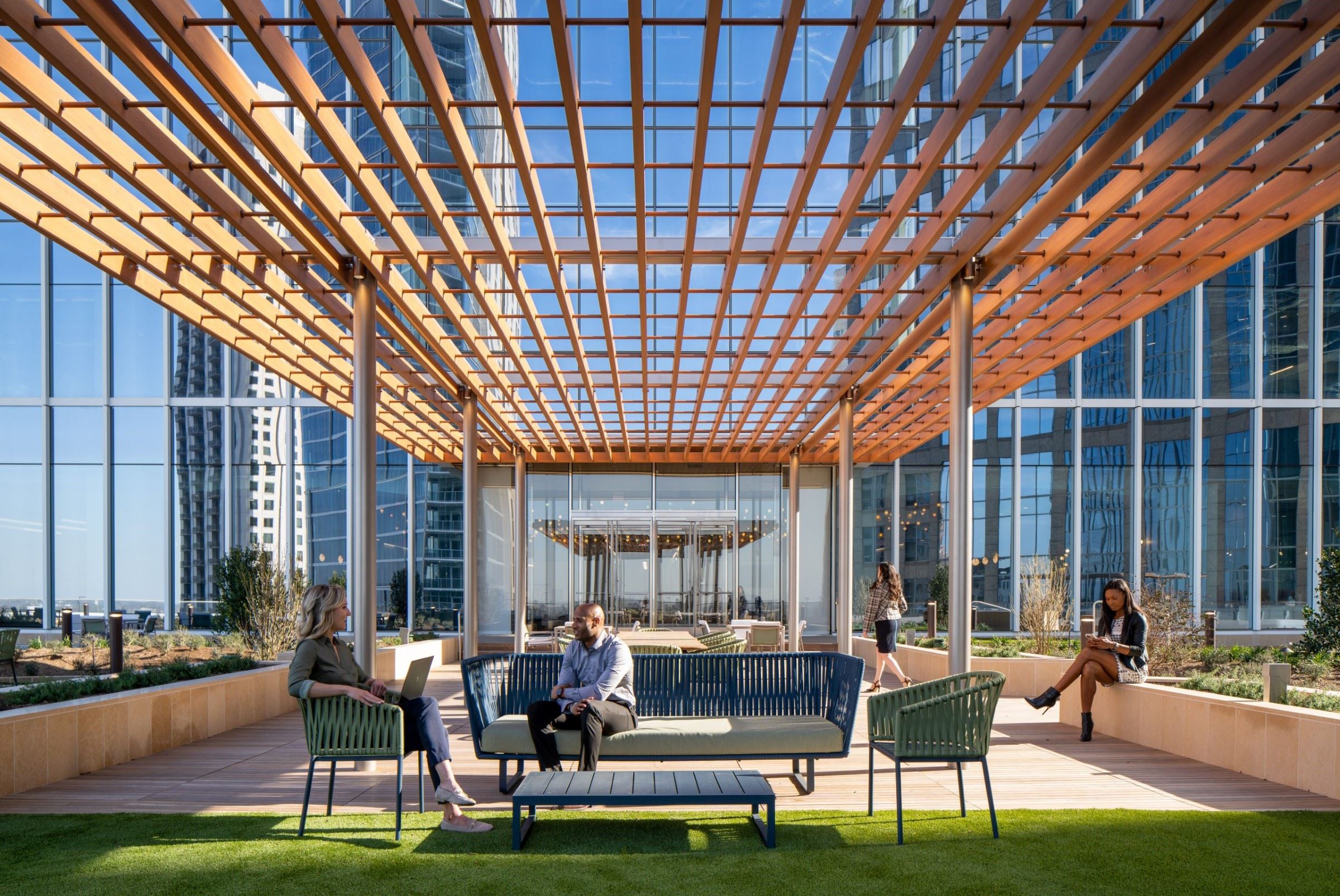
Texas Tower’s three gardens are complemented by the three significant public parks very close by in Market Square Park, the green land around the Bayou and the upcoming Lynn Wyatt Square park, which is completely transforming the unattractive Jones Plaza concrete area into a vibrant green space in a $29 million project.
Yes, this Hines spurred district may be the greenest living place in downtown Houston.
“We compare ourselves to Austin and Dallas all the time. Now, I think Houston has a few pieces where people are like ‘Wow, progressive architecture is happening here.’ ” — architect Jorge Munoz
Houston’s Brava and Hines Sail Into the Future
Down the street from Texas Tower, Jorge Munoz of Houston-based Munoz + Albin keeps the outdoor fun going with oversized balconies that are more like living rooms in the sky at Brava. With enough room for a dining table, seating and a lounging area (plus that much needed and often forgotten wind protection). Munoz’s innovative idea to place the tallest residential tower in Houston at a 45 degree angle on the site in order to open up view quarters between all the high-rises around it, made those balconies possible.
Brava is may be the most unique-looking residential tower in the city with its deceivingly slender shape that sometimes seems to be defying the rules of regular geometry.
“We wanted to create the illusion of a building stretched on its side like a sailboat,” Munoz says, looking up at his creation from across the street. “You can also translate it vertically. Look up, it looks like the building is tilting somehow.
“It’s not tilting.”
Inside Brava, MaRS interior design duo of Kelie Mayfield and Erick Ragni have created a modern city skyscraper scene with distinctive art and touches (some noticeable, some much subtle). The striking concrete column in the middle of the lobby with headlines from the newspaper from 1908 into the 2000s on it in Helvetica from Houston artist Robynn Sanders is unmissable. The distinctive overhead lighting that almost looks like a laser running along the ceiling in the fitness center and the extensive amenities level from MaRS Studio also makes a clear impression.
Walk post the big photo of the dog and you might not realize you’re looking at Houston’s own Gus The Hero Dog. Unless you scan the QR code and learn the story of the former abused street dog who had a shoelace tightly tied around his neck that cut into his skin that he couldn’t get off. An army of volunteers helped rescue Gus from an abandoned Houston apartment building and nursed this fighter who’d also survived being shot and hit by a car to a remarkable recovery.
The wall covering that is actually made out of strips of newspaper, which is also used at the apartment unit entrances, also takes a little while to notice and grasp.
“When you live in a place like this, you’re going to live here a long time,” Ragni says. “So we need the stories to slowly reveal themselves. We don’t need everything to be right there to see on your leasing day.”
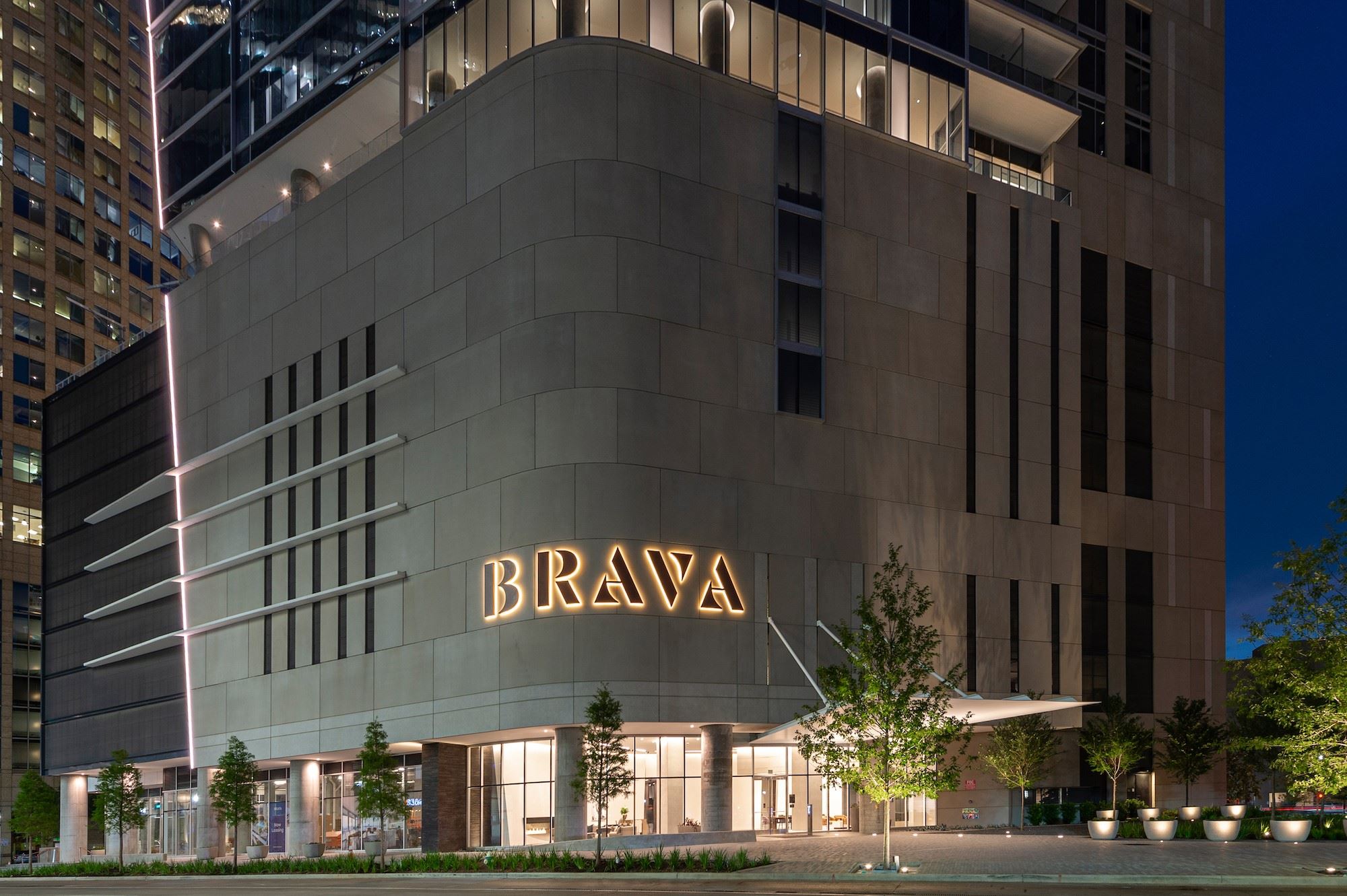
Go up to the 47th floor sky lounge at Brava and you get another view of Hines’ vast downtown footprint. Almost everywhere you look, there is another notable building developed by the global company. Of course, you can also see much more than that.
And maybe many more people moving into downtown in the future.
Hines conducted a study of all the high-density urban cities in the United States which looked at the number of downtown residents compared to the amount of jobs and square footage of office space located downtown and Houston came in dead last on the entire list. This is a very analytics and data focused development giant, which is fitting for a place founded by Gerald D. Hines, an engineer at heart who used a trusty plastic slide rule he brought from Purdue when he first started changing the Houston skyline.
The numbers matter at Hines — and they share something very clear about the Bayou City’s downtown.
“We have a very, very low number of residents downtown compared to the number of jobs that are located downtown.” Rector says. “But you need neighborhoods to make people want to live downtown. And this is a neighborhood.”
“It’s a true neighborhood,” Hines senior managing director Kevin Batchelor quickly adds.
It is a neighborhood now anchored by Hines towers like Brava, Aris, Texas Tower and 609 Main, but new restaurants too. It is a district of its own coming to life, but not an artificial one. It is part of the heart of the fourth largest city in the country, helping change it in many ways.
“We are all engaged in an interesting experiment where we were are all quite naturally watching the city evolve,” Ragni says. “And it’s not through the lens of history. It’s real time. And I think it’s exciting.”
Distinctive skyscrapers like Texas Tower and Brava are powerful on their own. But together, they may just be able to help change a city.
“We compare ourselves to Austin and Dallas all the time,” Munoz, who is also designing buildings for Hines in India, Ireland and Canada, says. “Now, I think Houston has a few pieces where people are like ‘Wow, progressive architecture is happening here.’ ”
By now, we’re sitting in the sparkling lobby of Brava, having walked this entire Hines anchored district earlier. As the sun streams through the big windows, bathing everything in natural light, Kevin Batchelor almost feels like he’s watching Gerald D. Hines’ true Houston vision coming to life.
For it was never all about the skyscrapers or the skyline to Hines. It was about the people walking around on the ground too.
“His entire early vision was downtown Houston was a 24-7 live-work environment not just a series of office towers,” says Batchelor, who had many conversations with Gerald D. Hines after being brought in to help tackle multi-family developments. “I think what you’re seeing now — and it’s evident with Texas Tower — is it’s no longer just a trophy tower that can sit on a tabletop almost like an award.
“It’s all about horizontal connectivity on the ground plane.”
Sometimes a real district starts with a dream.

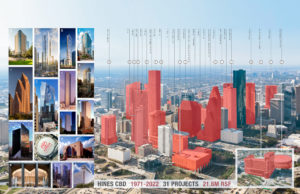


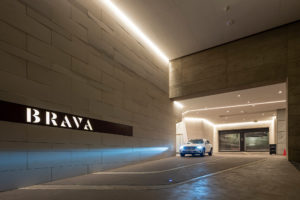

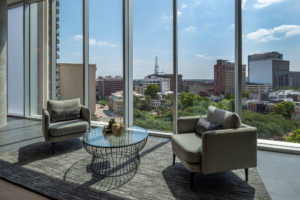
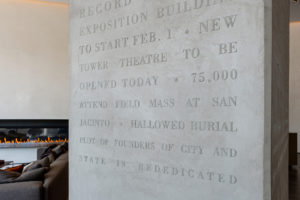
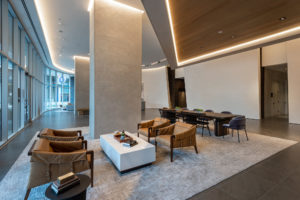

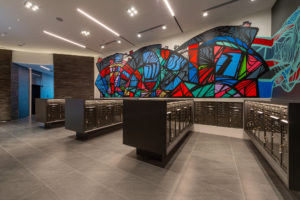
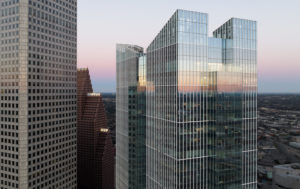
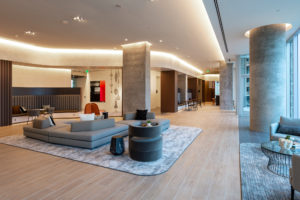
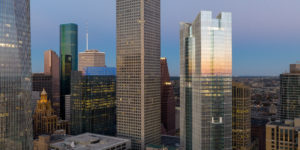
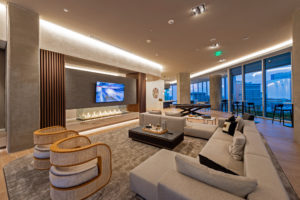
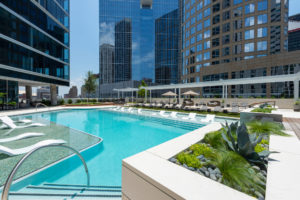
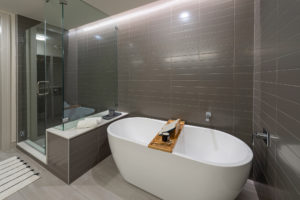
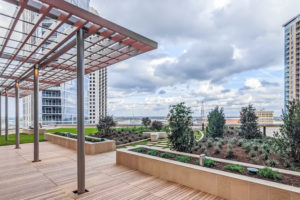
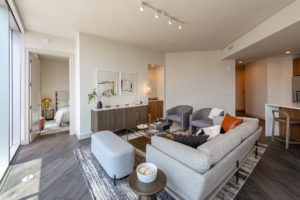
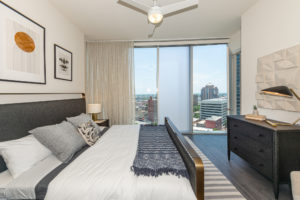
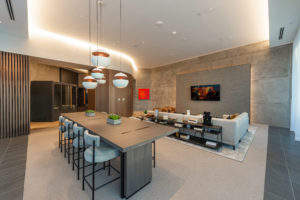
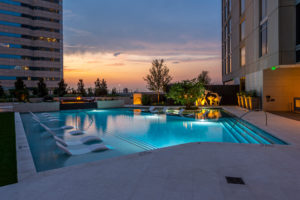

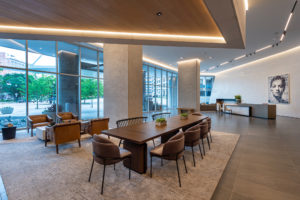
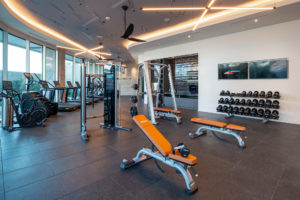
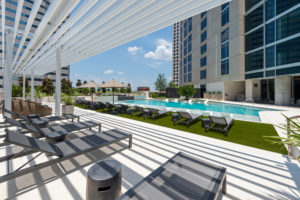

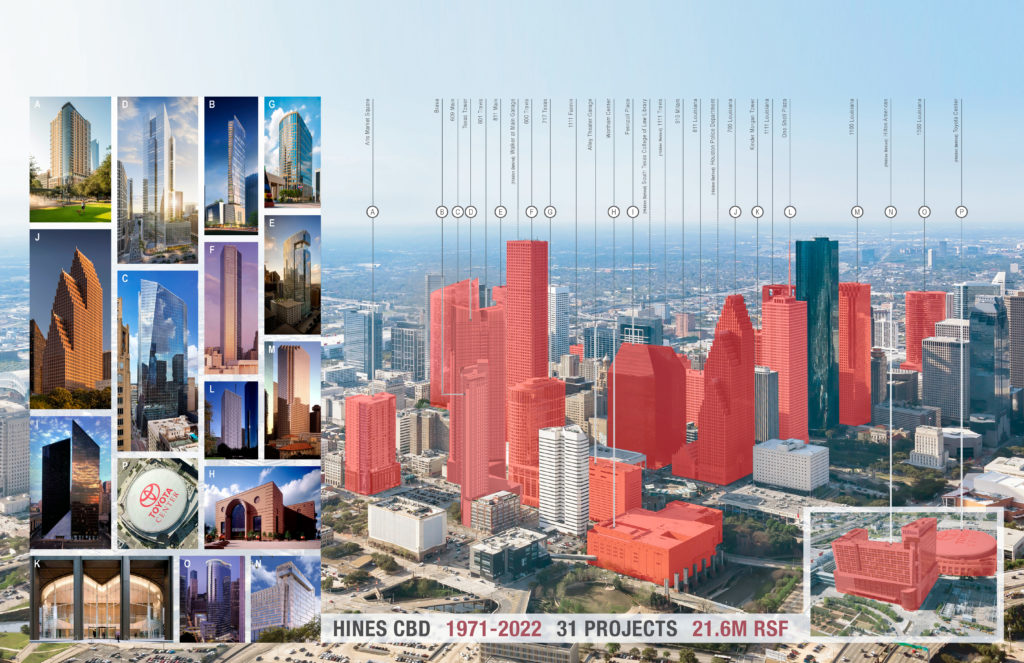
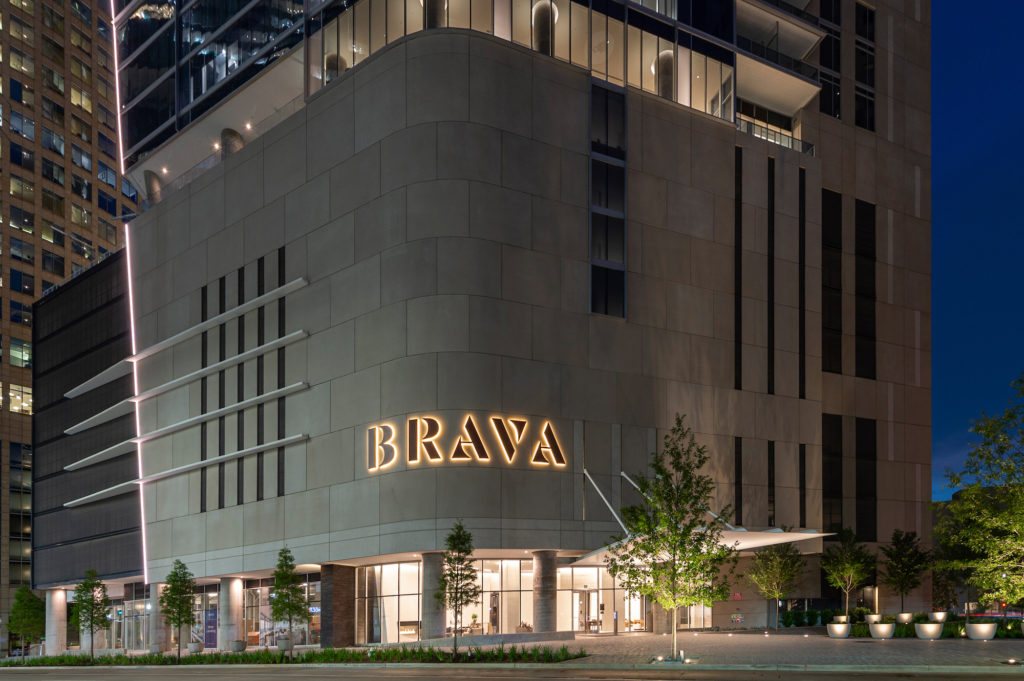

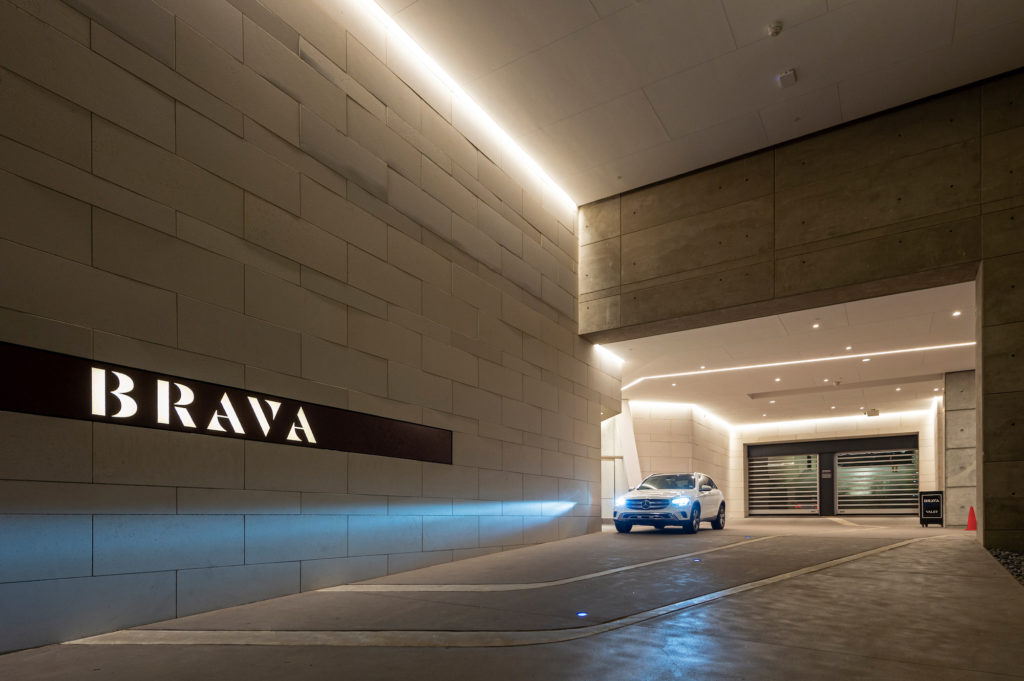

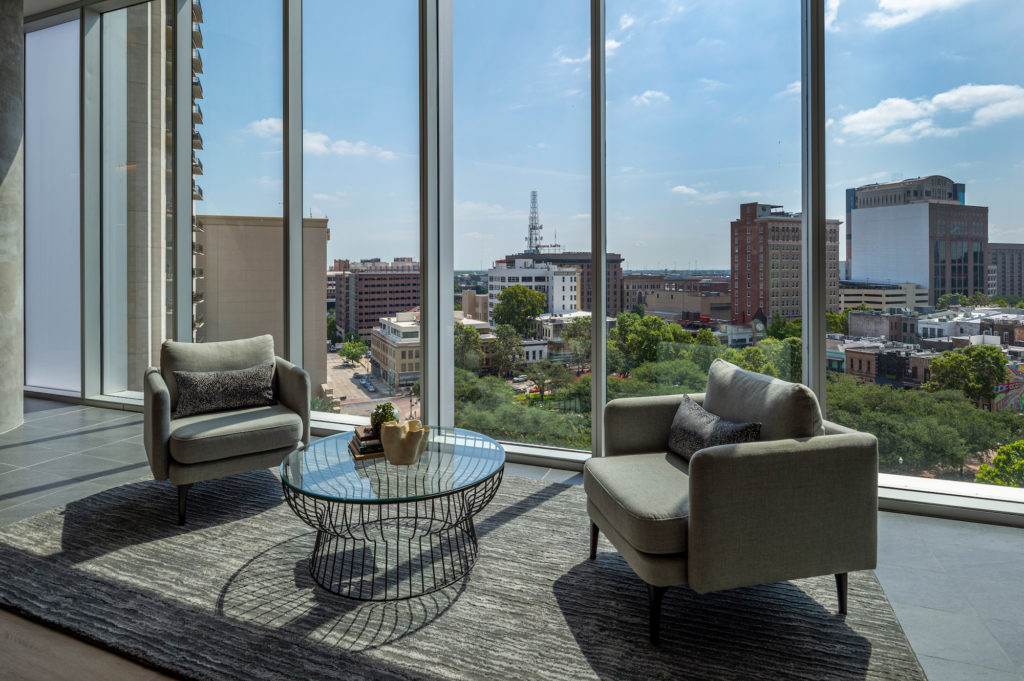

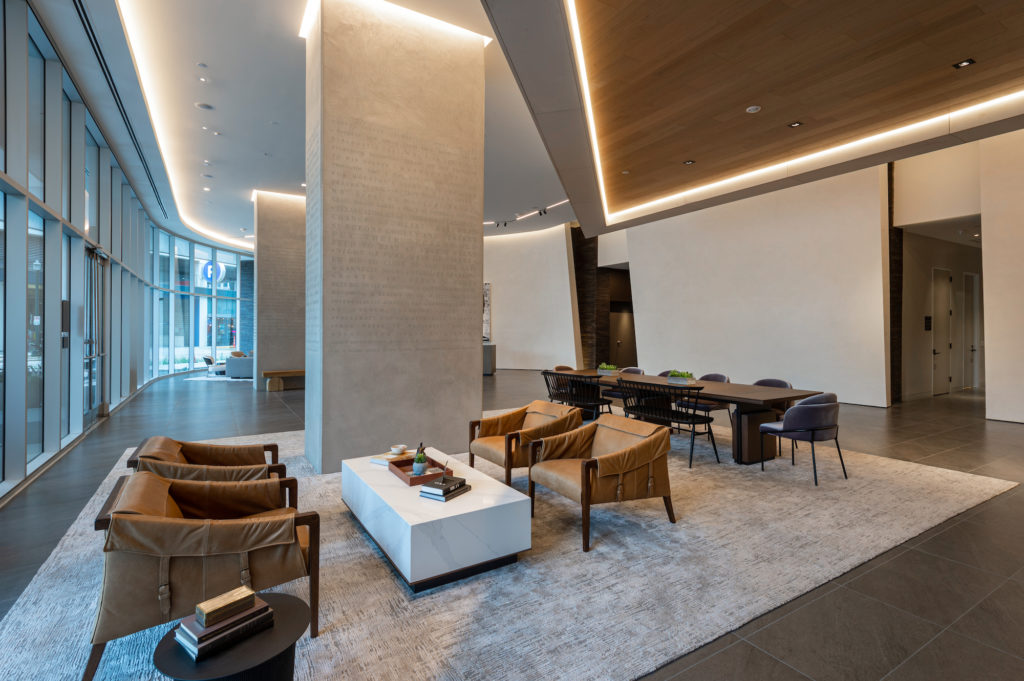
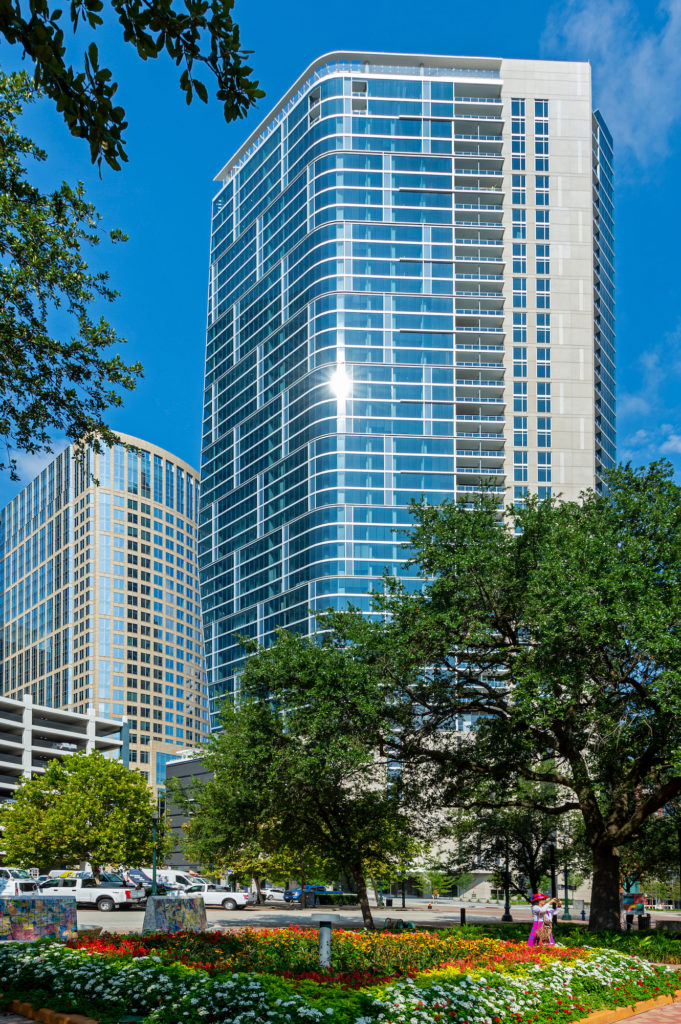
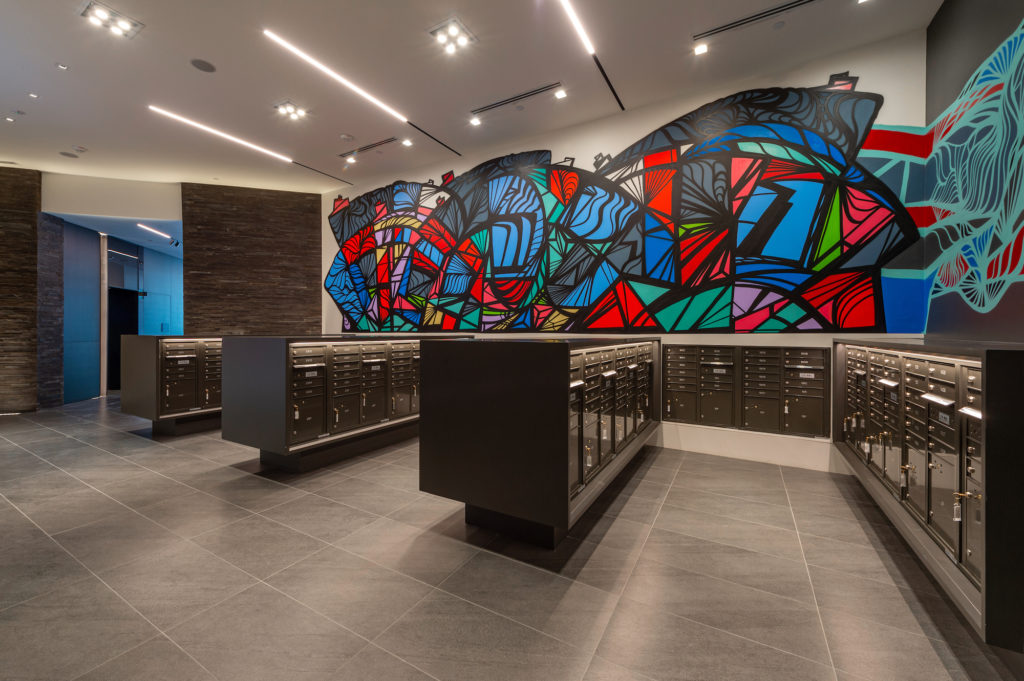

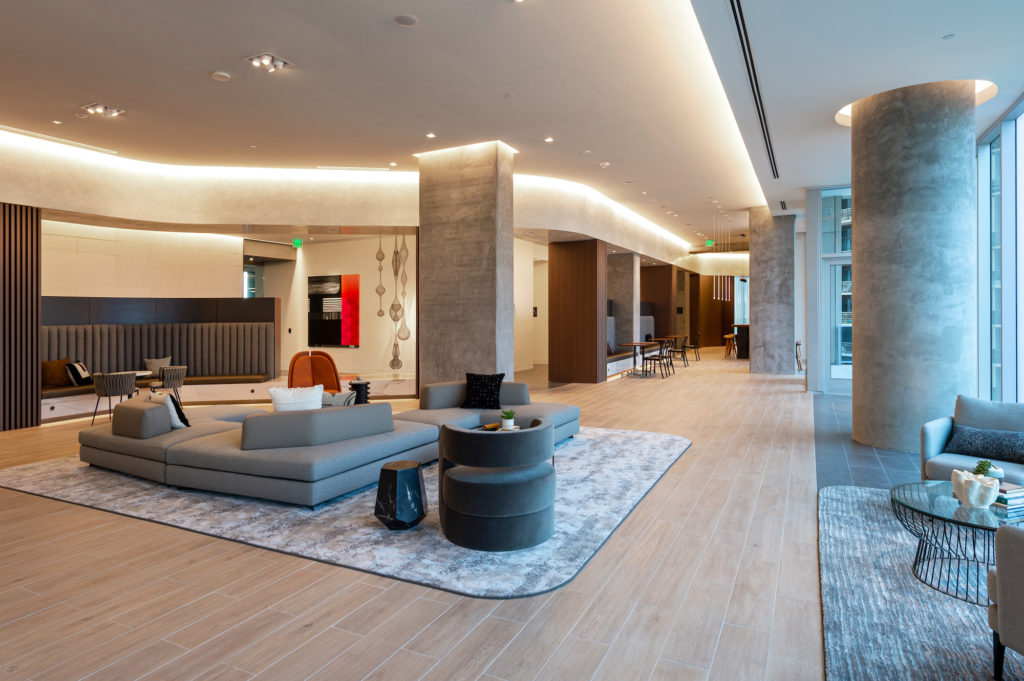

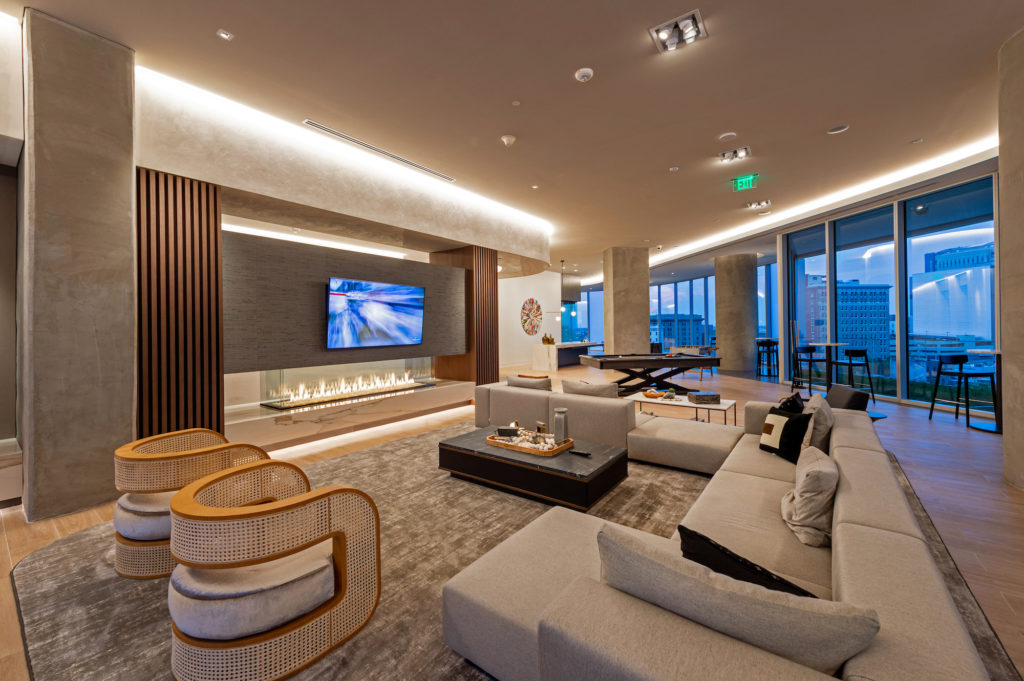
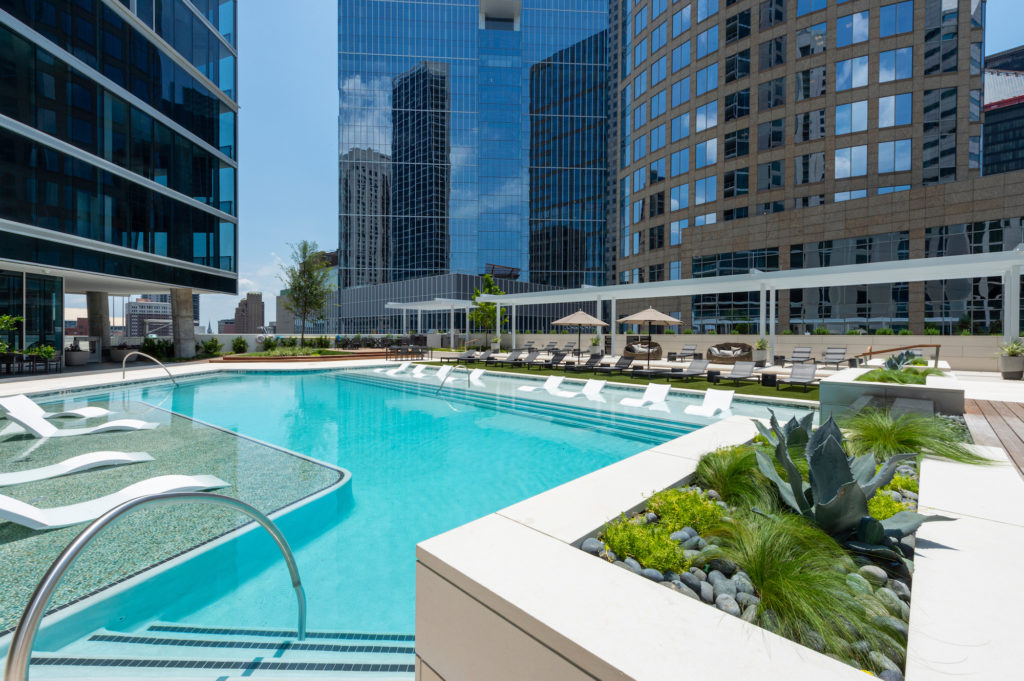

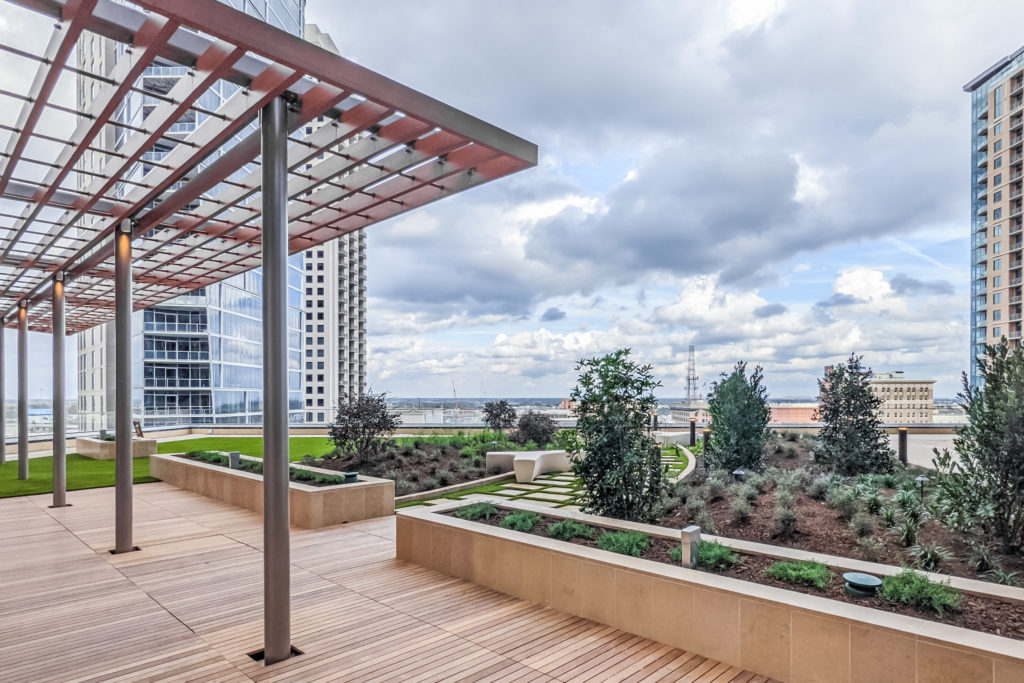
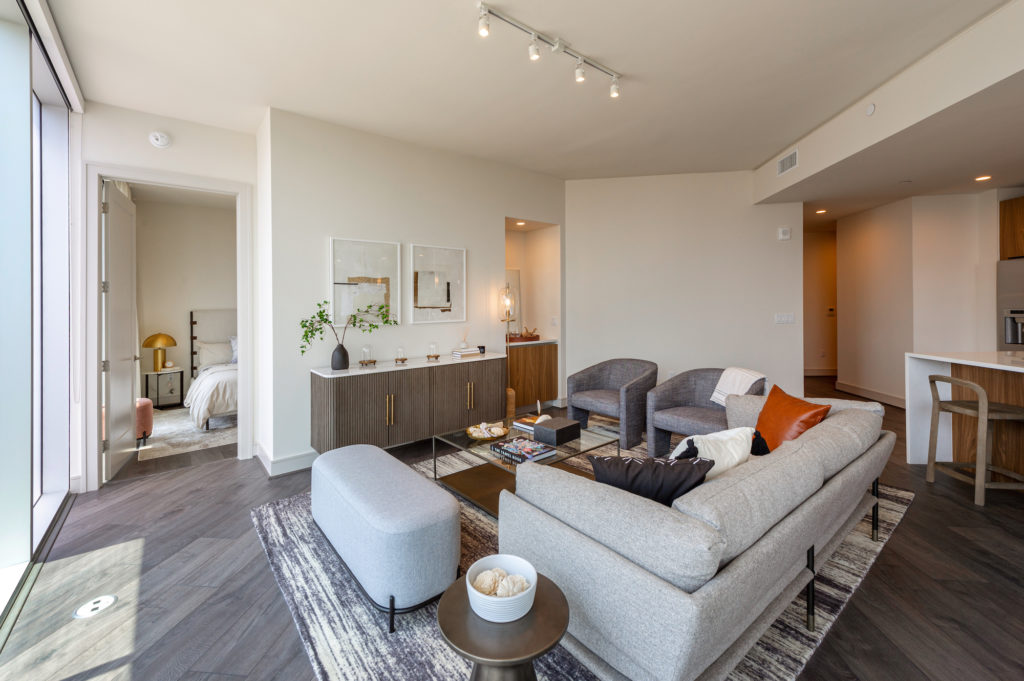
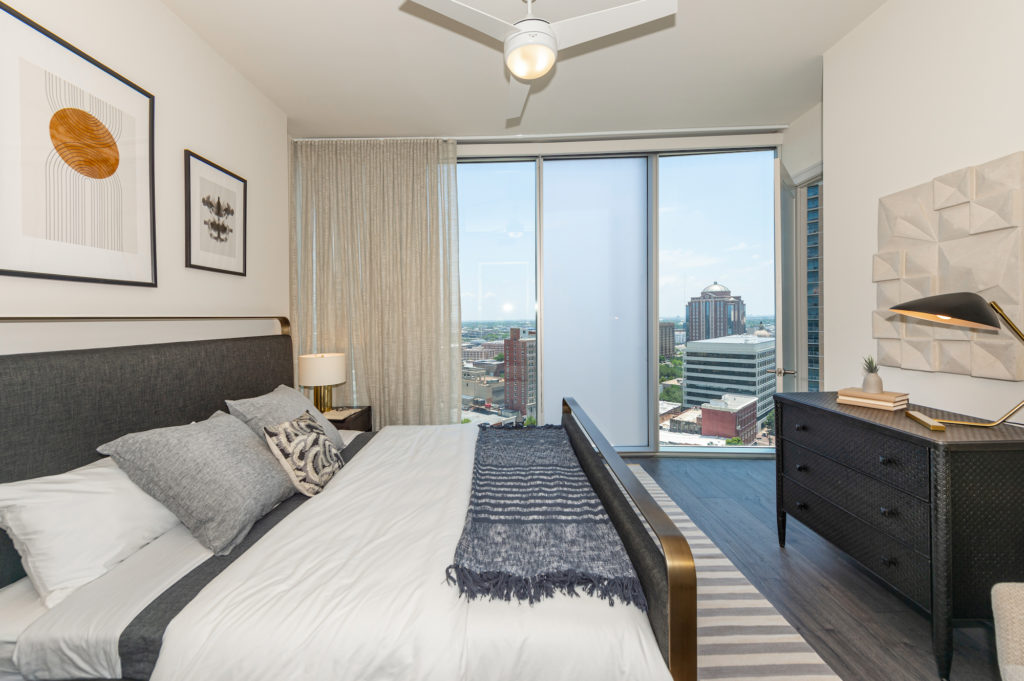
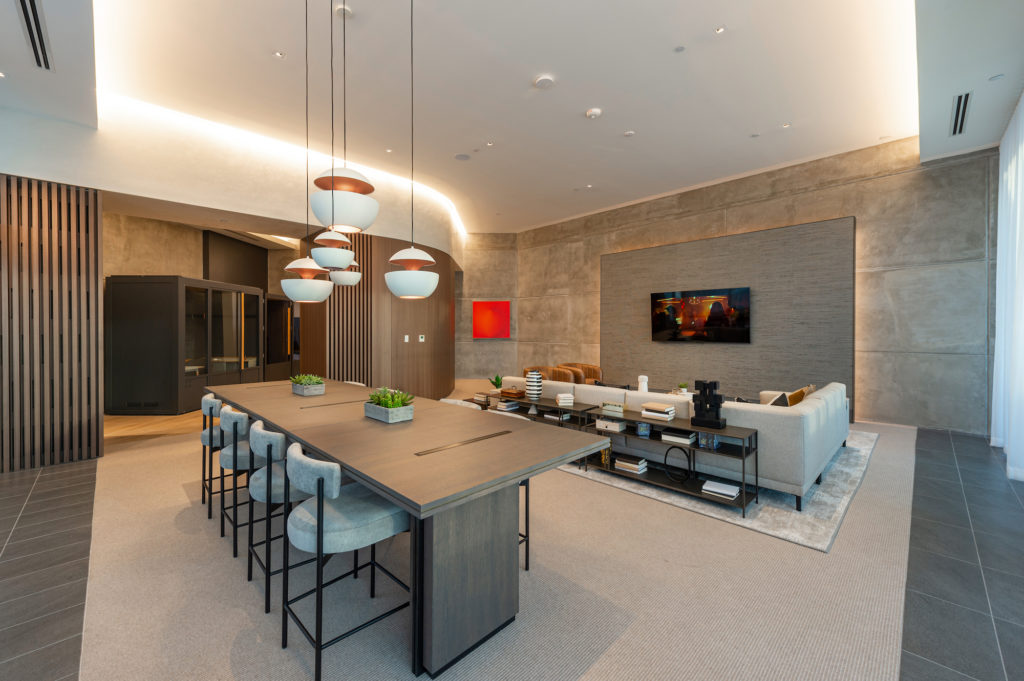
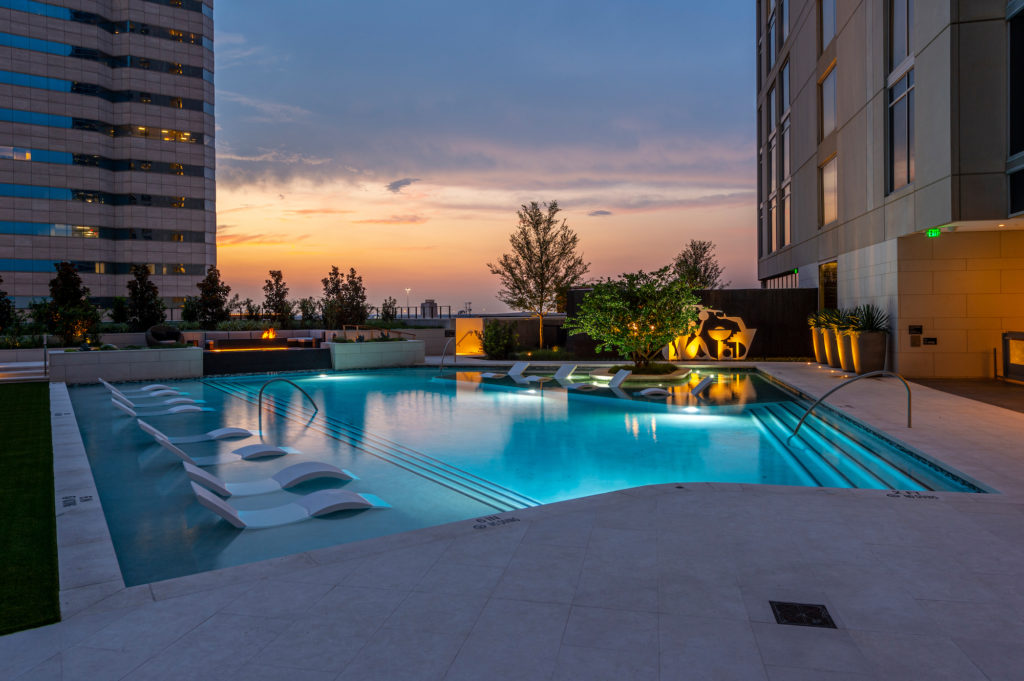
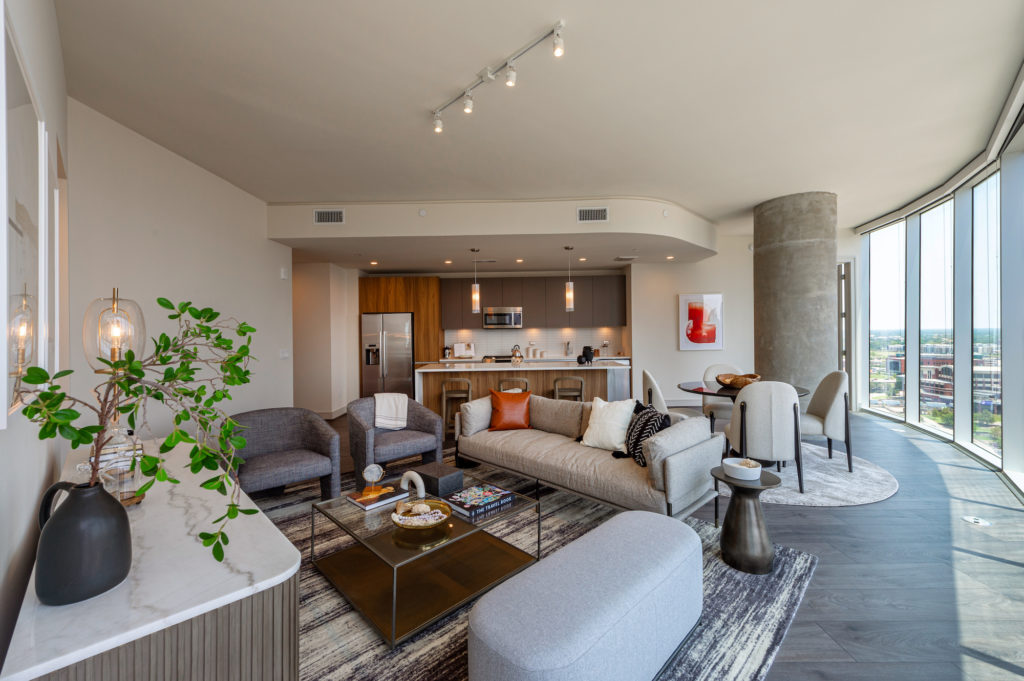
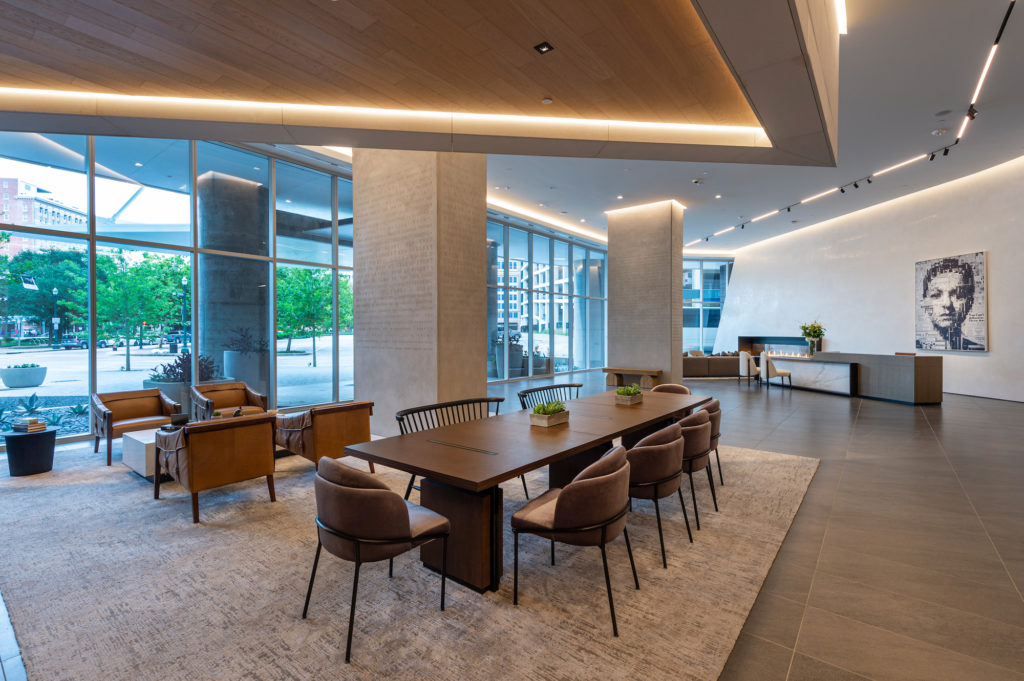

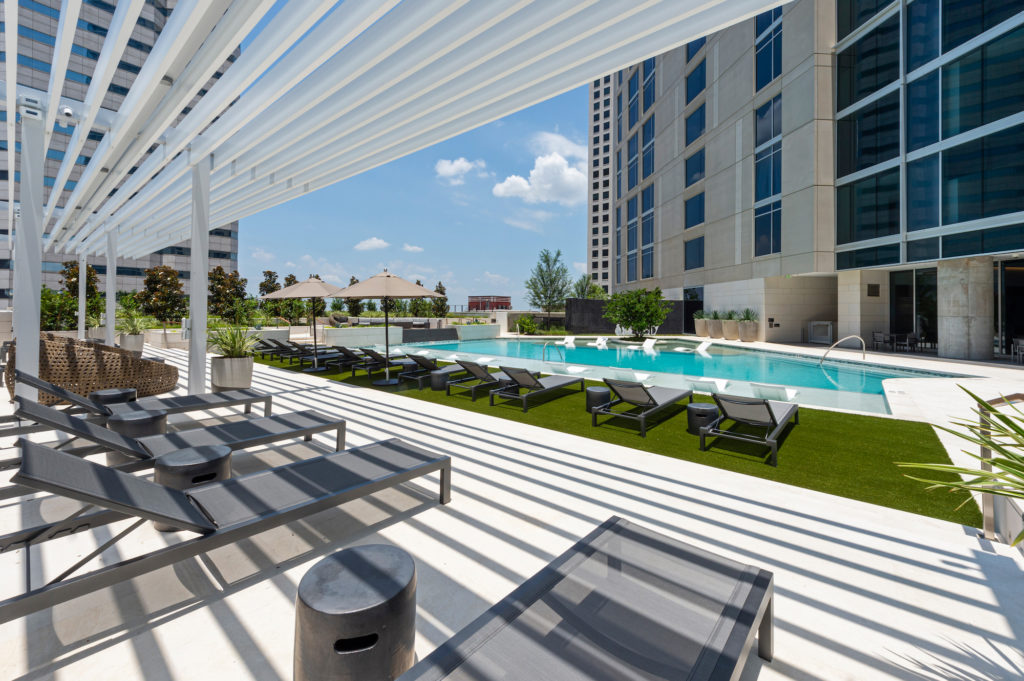


_md.jpg)


_md.jpeg)


